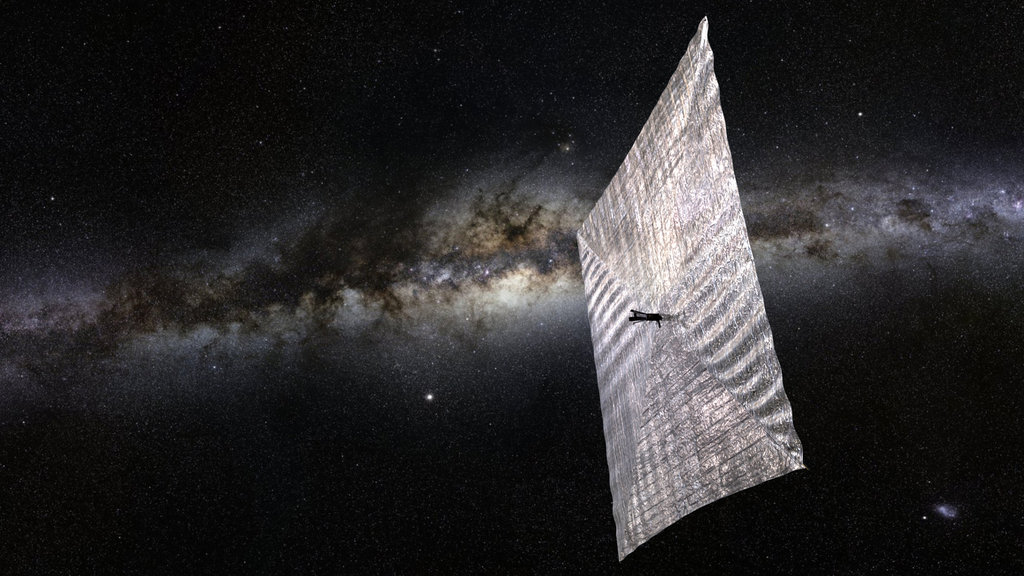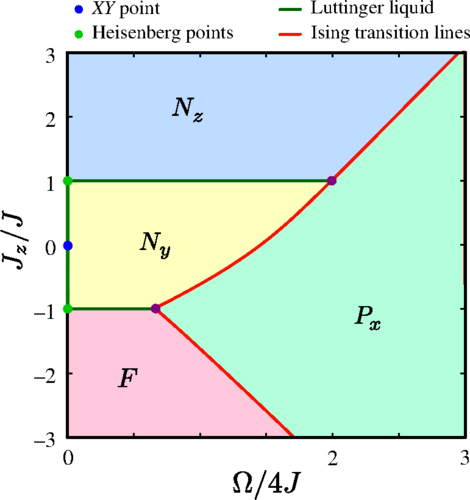Two-photon Lithography Boosts Nanoprinting Speed by up to 10,000 Times
Femtosecond Projection Two-photon Lithography (FP-TPL) printing technology increases the printing speed by 1,000 – 10,000 times, and reduces the cost by 98%. It controls the laser spectrum via temporal focusing, the laser 3D printing process is performed in a parallel layer-by-layer fashion instead of point-by-point writing. This is a technological breakthrough that leads nanoscale 3D …









